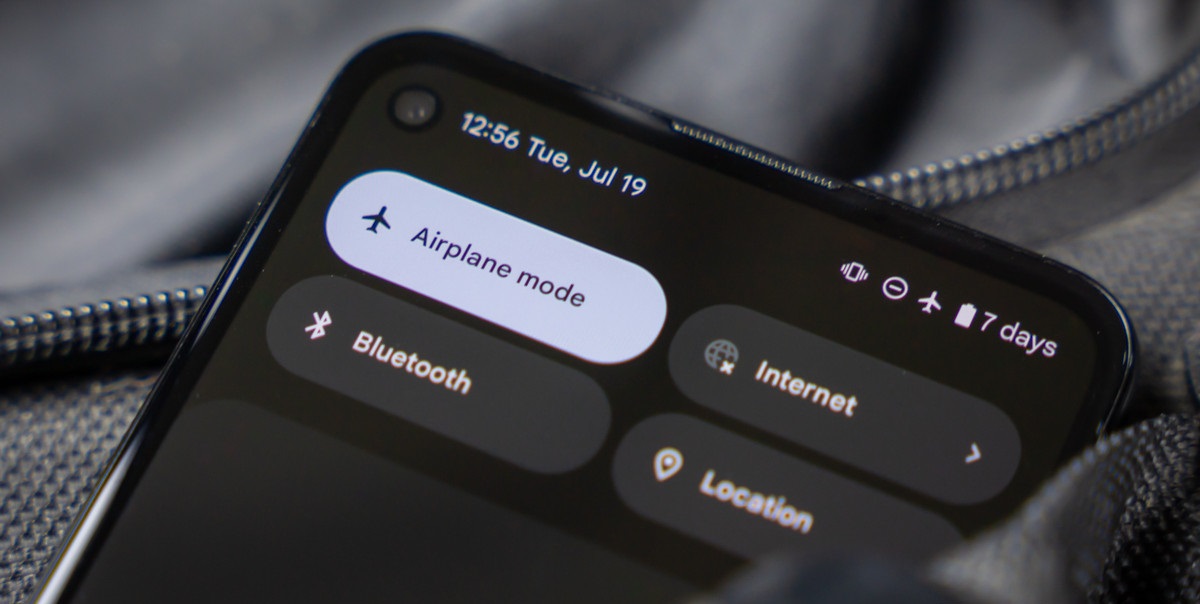Introduction
In the modern digital age, smartphones have become an integral part of our personal and professional lives. From communication and productivity to accessing sensitive information, smartphones have revolutionized how businesses operate. However, with the increasing reliance on these devices comes the heightened risk of security weaknesses.
Smartphone security weaknesses pose significant challenges for businesses, as they can lead to various problems that jeopardize sensitive data, financial stability, and reputation. In this article, we will explore the main problems caused by smartphone security weaknesses and their impact on businesses.
As smartphones have become more advanced, so have the capabilities of cybercriminals to exploit vulnerabilities. From malware attacks to data breaches, businesses must be aware of the potential risks and take necessary measures to protect their valuable assets.
It is crucial for businesses to understand the implications of smartphone security weaknesses, as they can have far-reaching consequences that extend beyond the initial breach. By acknowledging and addressing these problems, businesses can fortify their security strategies and safeguard their operations and stakeholders.
In the following sections, we will delve into the specific problems that smartphone security weaknesses can cause for businesses. Understanding the risks and consequences of these vulnerabilities is the first step towards implementing effective security measures.
Main Problems Caused by Smartphone Security Weaknesses for Businesses
1. Loss or theft of sensitive information: One of the most significant problems that businesses face due to smartphone security weaknesses is the loss or theft of sensitive information. If a smartphone containing confidential data falls into the wrong hands, it can have severe consequences. Hackers or malicious actors can exploit the information for financial gain, tarnish the company’s reputation, or even use it for identity theft.
2. Unauthorized access to corporate data: Security weaknesses in smartphones can also lead to unauthorized access to corporate data. If an employee’s device is compromised, it can provide a gateway for cybercriminals to infiltrate the company’s network and gain access to sensitive information. This can result in data breaches, intellectual property theft, or the exposure of trade secrets.
3. Compromised employee and customer privacy: Smartphone security weaknesses can compromise the privacy of both employees and customers. A breach of employee privacy can lead to the leaking of personal and financial information, eroding trust between the employee and the organization. Similarly, compromised customer privacy can result in legal implications, damage to the company’s reputation, and loss of customer loyalty.
4. Financial loss due to fraudulent activities: Security weaknesses in smartphones can facilitate fraudulent activities that can cause significant financial loss to businesses. This can include unauthorized transactions, fraudulent access to bank accounts or payment systems, or the manipulation of financial data. The financial impact can be substantial, affecting the stability and growth of the business.
5. Damage to business reputation: A smartphone security breach can severely damage the reputation of a business. The loss, theft, or unauthorized access to sensitive data can erode customer trust, leading to a loss of confidence in the organization. Negative publicity and customer backlash can be detrimental to the company’s brand image, potentially resulting in a decline in customer acquisition and retention.
6. Disruption of business operations: Smartphone security weaknesses can disrupt business operations, causing productivity losses and operational inefficiencies. A security breach may require immediate remediation actions, such as isolating affected devices, conducting extensive forensics investigations, and implementing stringent security protocols. These disruptions can lead to downtime, delays in deliverables, and decreased employee morale.
7. Increased vulnerability to cyber attacks: Smartphone security weaknesses can make businesses more vulnerable to cyber attacks. Hackers often target smartphones as a means to gain entry into corporate networks or systems. Once inside, they can carry out more sophisticated attacks, such as ransomware, phishing, or malware injections, causing further damage to the business.
It is crucial for businesses to recognize and address these problems caused by smartphone security weaknesses. Implementing robust security measures, such as encryption, two-factor authentication, and regular security updates, is essential to protect sensitive data, maintain privacy, and mitigate potential risks.
Conclusion
The rise of smartphones has undoubtedly transformed the way businesses operate, providing employees with greater flexibility and accessibility. However, along with these benefits comes the increased risk of smartphone security weaknesses.
Throughout this article, we have explored the main problems caused by smartphone security weaknesses for businesses, including the loss or theft of sensitive information, unauthorized access to corporate data, compromised employee and customer privacy, financial loss due to fraudulent activities, damage to business reputation, disruption of business operations, and increased vulnerability to cyber attacks.
It is crucial for businesses to prioritize smartphone security and implement robust measures to protect their sensitive data and assets. This can be achieved through regular security updates, strong and unique passwords, encryption, two-factor authentication, and employee education on best practices for smartphone security.
By addressing these problems head-on and investing in comprehensive smartphone security solutions, businesses can minimize the potential risks, safeguard their reputation, protect customer trust, and ensure the continuity of their operations. Additionally, businesses should continuously monitor and adapt their security strategies to stay ahead of evolving threats.
In conclusion, understanding the problems caused by smartphone security weaknesses and taking proactive steps to mitigate them is essential for businesses in today’s digital landscape. By prioritizing continuous improvement and staying vigilant against potential vulnerabilities, businesses can confidently navigate the mobile era while safeguarding their sensitive information and ensuring a secure environment for all stakeholders.

























